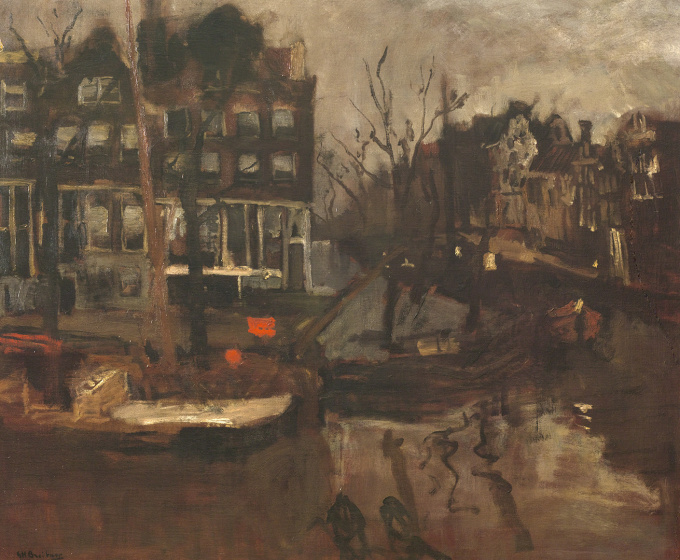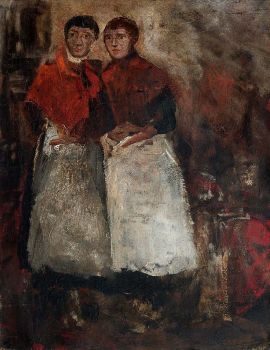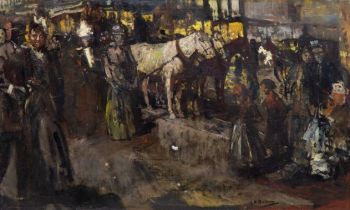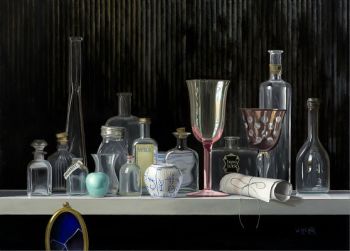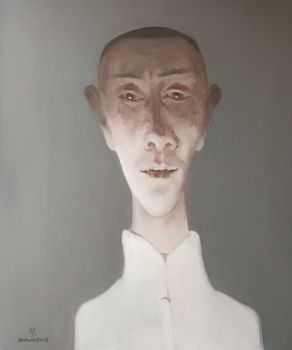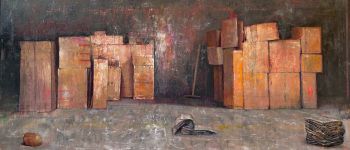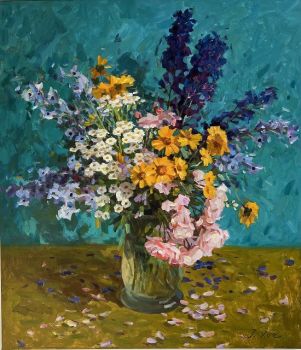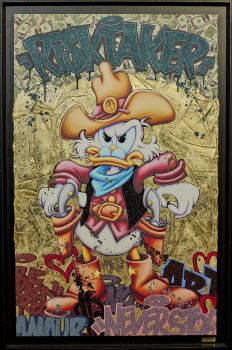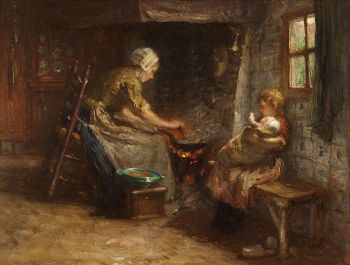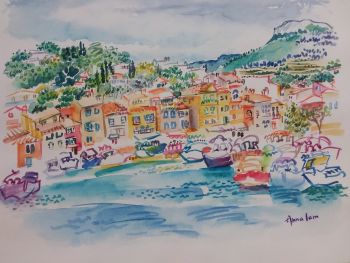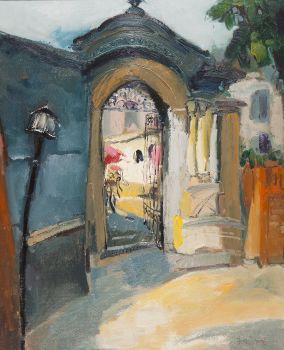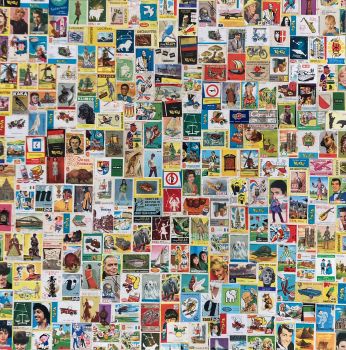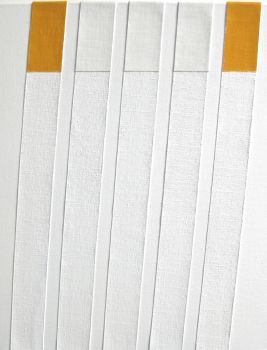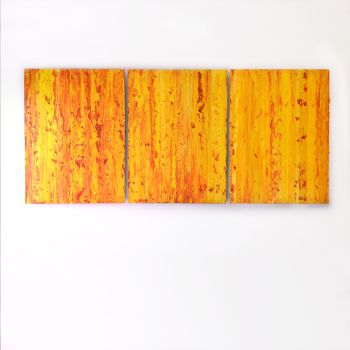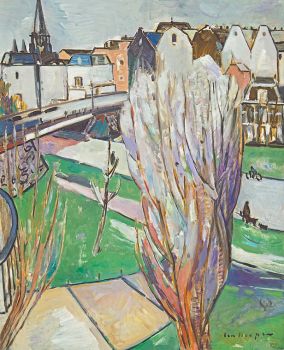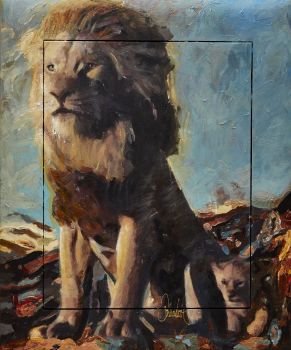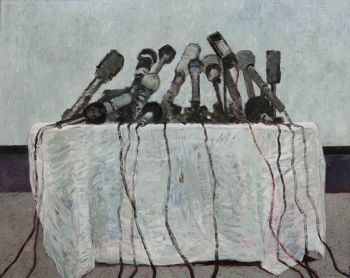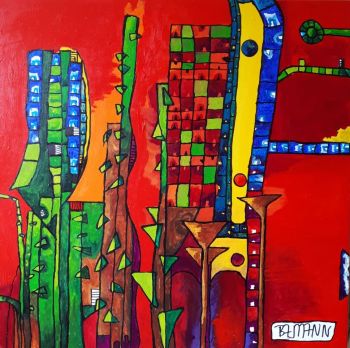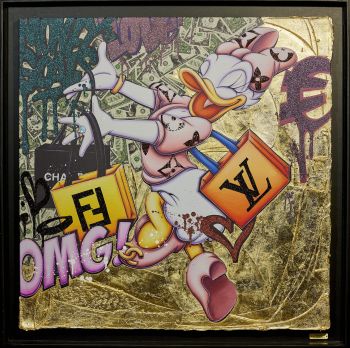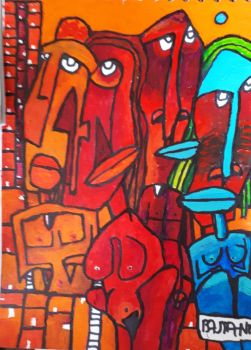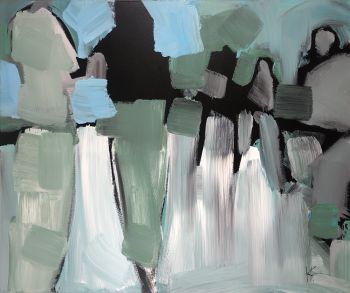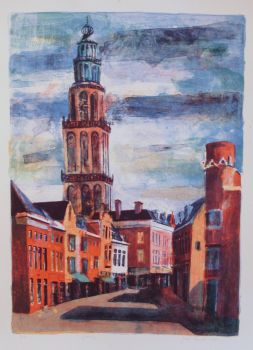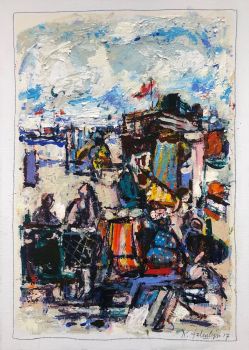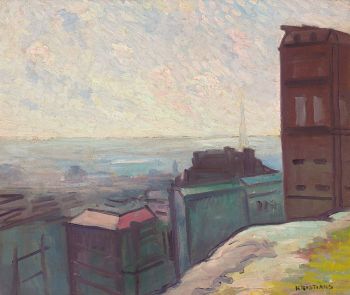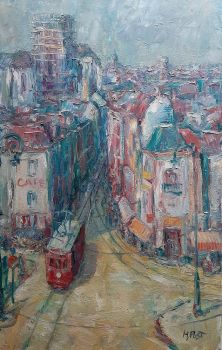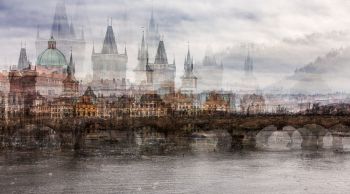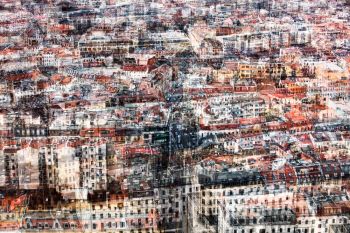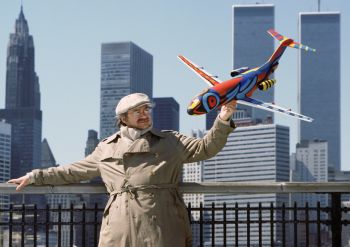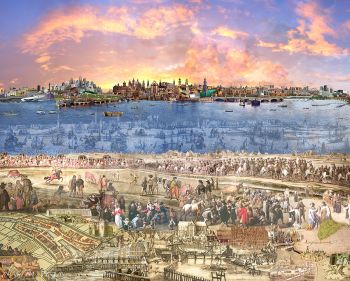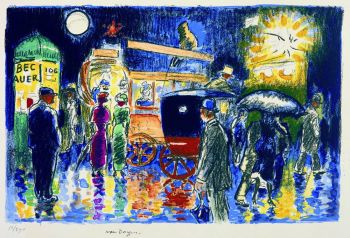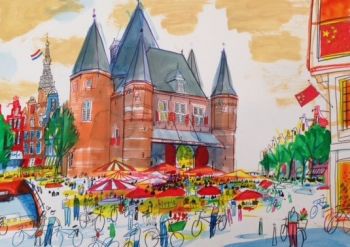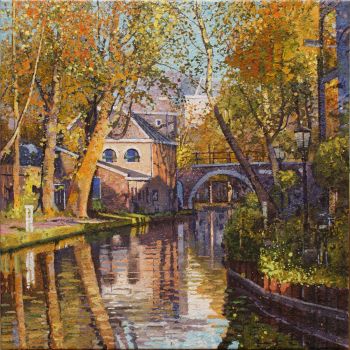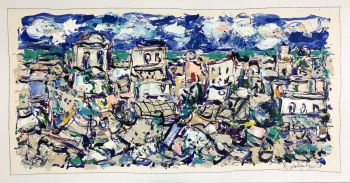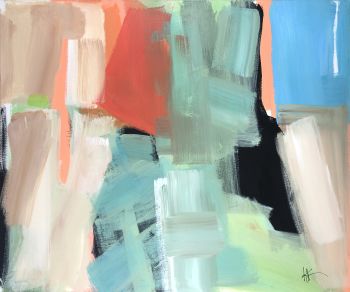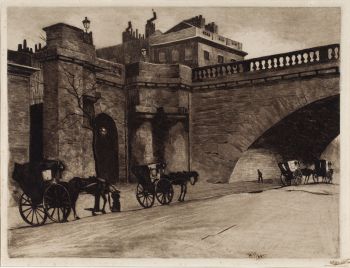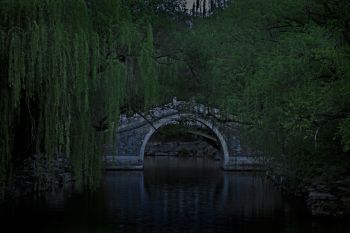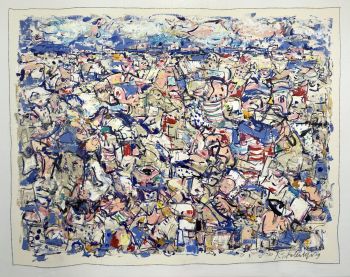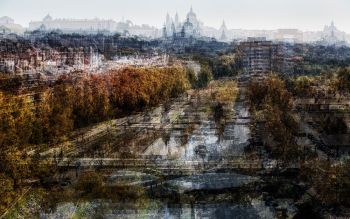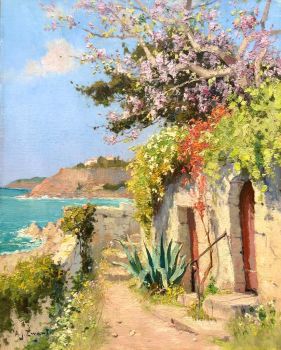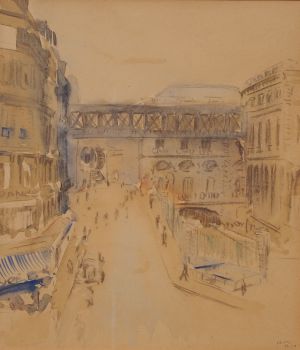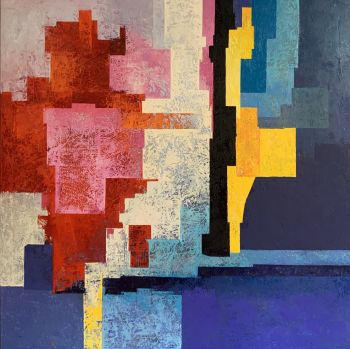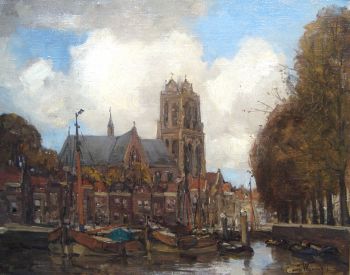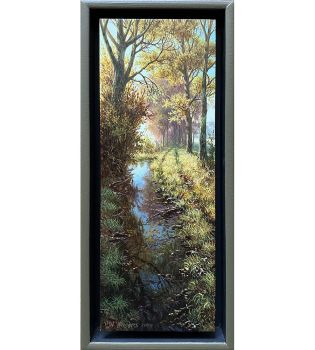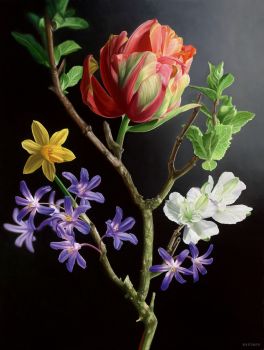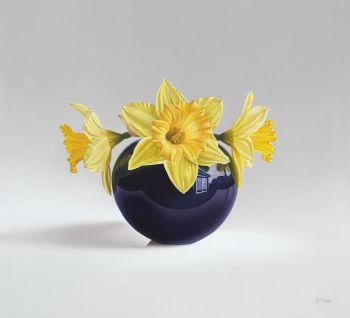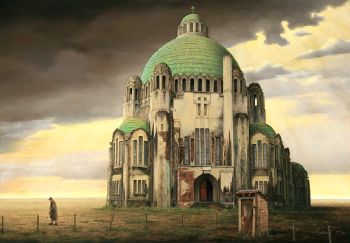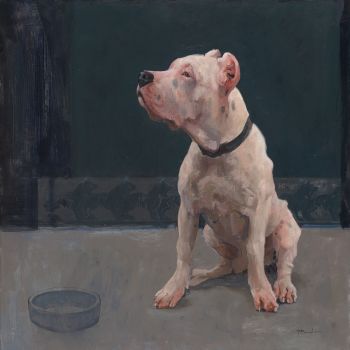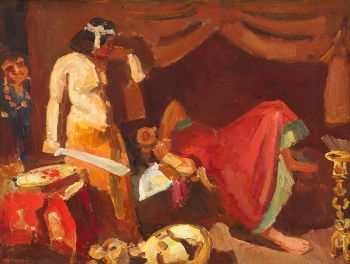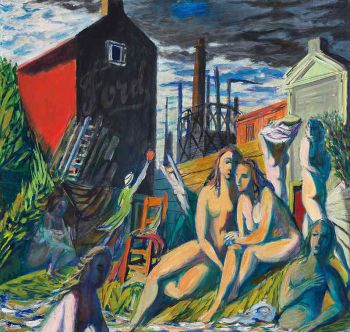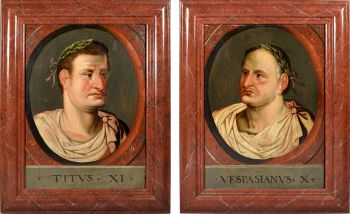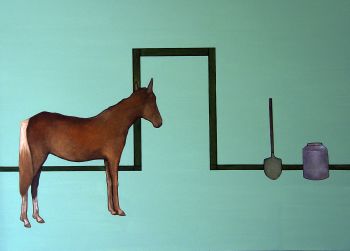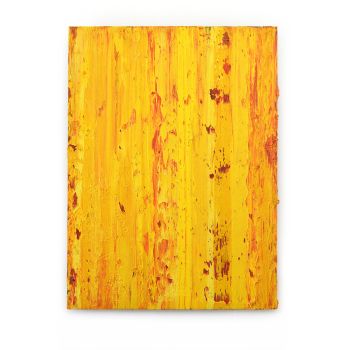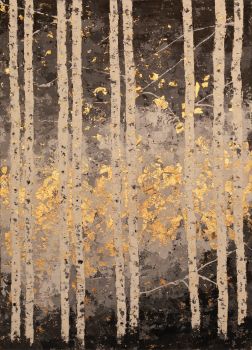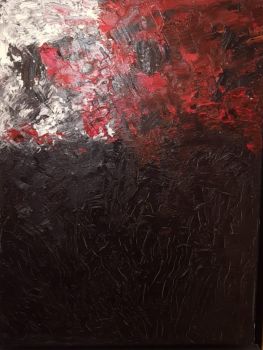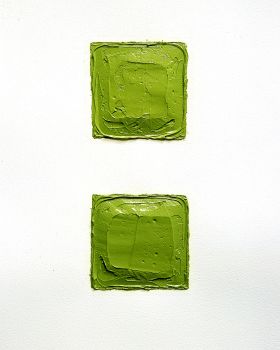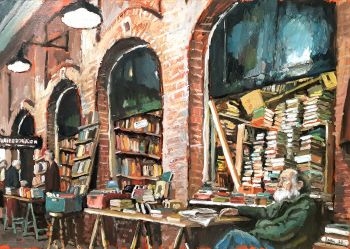The Brouwersgracht near the Korte Prinsengracht, Amsterdam 1900
George Hendrik Breitner
CanvasOil paintPaint
85 ⨯ 101 cm
ConditionExcellent
Currently unavailable via Gallerease
- About the artworkOil on canvas
85 x 101 cm.
Signed: lower left ‘G.H. Breitner’
Provenance:Private collection, The Netherlands; Kunsthandel Kupperman, Amsterdam; vlg. Sotheby’s Amsterdam 24-4-2007, lotno. 254; Amsterdams Historisch Museum, on loan, inv.no. SB 6324.
The Brouwersgracht, Korte Prinsengracht and Haarlemmerstraat, all within a circle of not more than 100 metres, were like an open air studio to Breitner. He painted many views of the busy bridges and canals, populated by horse-drawn carts, pedestrians and workmen. In the work of Breitner, who very much sided with the ordinary working class, the human figure played an essential role. He painted the figures at close range, making the beholder feel part of the scene, as if we are standing in the street, amidst the passers-by. Paintings like the present lot show a different aspect of Amsterdam and focus on the calm serenity and timeless beauty of the canals with their gabled houses, seen from a bird's eye view. In this loosely painted view the human figure plays no role. Breitner executed the present lot around 1900. A larger version of the same subject, depicted in winter time, is in the collection of the Rijksmuseum, Amsterdam (on loan to the Historisch Museum in Amsterdam). - About the artist
George Hendrik Breitner (1857-1923) was born in Rotterdam.
In 1876, he enrolled at the academy in The Hague. Later, he worked at Willem Maris's studio. In this early period he was especially influenced by the painters of the Hague School. Breitner preferred working-class models: labourers, servant girls and people from lower-class neighbourhoods. He saw himself as 'le peintre du peuple', the people's painter.
In 1886, he moved to Amsterdam, where he recorded the life of the city in sketches, paintings and photos. Sometimes he made several pictures of the same subject, from different angles or in different weather conditions. Photos might serve as an example for a painting, as for his portraits of girls in kimonos, or as general reference material.
Breitner often collaborated with Isaac Israels; both painters are referred to as Amsterdam Impressionists. Conservative critics called Breitner's style 'unfinished'.
Related artworks
- 1 - 3 / 3
Bernardus Johannes Blommers
Het bereiden van de maaltijd1870 - 1914
Price on requestStudio 2000 Art Gallery
1 - 4 / 24Willem Witsen
Waiting carriages in front of Waterloo Bridge1850 - 1900
Price on requestKunsthandel Pygmalion
Bob Buys
Paris, Gare de L'Est, Passerelle de la Rue d'Alsace1940 - 1950
Price on requestAdelwein Kunst
1 - 4 / 24- 1 - 4 / 24

